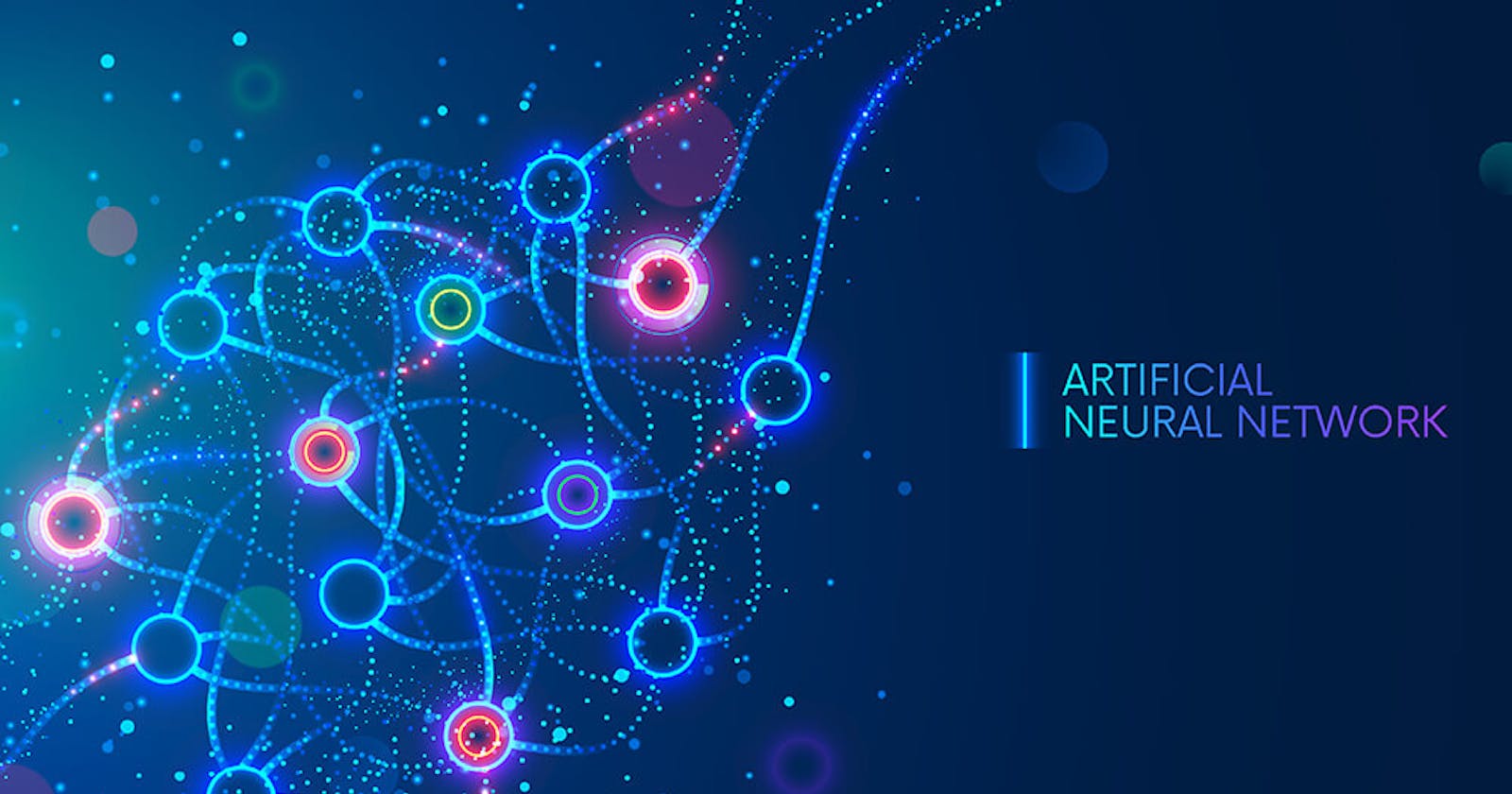"Neural networks are the closest thing we have to a magic wand for machine learning.*" - Pedro Domingos*
Have you ever wondered how computers can recognize faces in photos, or how voice assistants like Siri or Alexa can understand what you're saying? The answer lies in a powerful technology called neural networks. In this blog post, we'll explore how a simple neural network works and why this technology is such a game-changer for artificial intelligence. So if you're ready to discover the secrets behind one of the most impressive technological advancements of our time, let's get started!
What is a neural network?
Neural Networks or Artificial Neural Networks (ANN) is a field in AI and a subset of Machine Learning. This approach is inspired by the way the human brain works. A neural network comprises many tiny parts, called "neurons," that are connected to each other in a network-like structure.
Working

In a simple neural network, there might be just a few neurons, all of which are connected to each other. The inputs are sent to the first layer of neurons, which process the inputs and pass them on to the next layer of neurons. This process continues until the output is produced by the last layer of neurons in the network.
The connections between neurons are weighted, which means that some inputs have more influence on the output than others. The weights determine how strongly each neuron's input affects the output of the network. These weights are initially set to random values, but they are adjusted during training so that the network produces more accurate outputs.
This is just how a very simple neural network works.
Why should you be impressed?
ANN is one of those machine learning models that you can apply to data, and due to its resemblance to the human brain, will recognize patterns within the data. In fact, it is oftentimes the best model for pattern recognition and prediction.
Some prominent examples of how neural networks are used.
Voice assistants like Siri and Alexa use complex neural networks to function. In fact, the "Hey Siri" detector uses a Deep Neural Network (DNN) to convert the acoustic pattern of your voice into a probability distribution over speech sounds. ANNs are used as they’re excellent at recognizing complex patterns in data, such as images, sounds, and text. This makes them well-suited for applications such as image and speech recognition, natural language processing, and predictive analytics.
Tesla's (Electric Car Manufacturer) Autopilot system is a driver assistance system that uses ANNs to help control the car. ANNs are used to process data from cameras, radar and other sensors to detect and classify objects in the car's surroundings, such as other cars, pedestrians, and traffic signs. This information is then used to make decisions about how to control the car, such as when to accelerate, brake, or steer.
Google uses ANNs to improve the relevance and accuracy of their search results. ANNs are used to analyze the content of web pages and to understand the intent behind search queries. This allows Google to provide more relevant and personalized search results for each user.
The Future?
As artificial neural networks (ANNs) continue to evolve and become more sophisticated, there are several exciting developments that we can expect to see in the near future.
Ethical considerations: As ANNs become more ubiquitous and influential, there will likely be increased scrutiny around their ethical implications. For example, there may be concerns around the use of ANNs in decision-making processes that affect people's lives, or around the potential biases and limitations of ANNs that could perpetuate inequality and injustice.
Augmented creativity: ANNs have already been used to create new works of art and music, to some public controversy. Moving forward, we may see ANNs that can collaborate with human creators to generate innovative and original works. This could lead to the development of new forms of media and entertainment that are co-created by humans and ANNs.
Neuralink: A company founded by Elon Musk that is working to develop advanced brain-machine interfaces (BMIs). BMIs are systems that allow humans to interact with computers and other devices directly through their brain activity, bypassing traditional input methods like keyboards or touchscreens. Neuralink's approach involves using ANNs to analyze and interpret neural signals in the brain, which can then be used to control external devices. The company is working on a range of applications for its technology, including medical treatments for neurological disorders and cognitive enhancement for healthy individuals. While Neuralink's technology is still in its early stages, it has the potential to revolutionize the way we interact with technology and to open up new possibilities for human-computer collaboration.
Why should you look into it?
Learning about artificial neural networks (ANNs) is becoming increasingly important in today's world. Here are a few reasons why you might consider studying ANNs:
Career opportunities: As ANNs become more widely used in a variety of industries, there is a growing demand for professionals who are skilled in developing, implementing, and optimizing ANN systems. Learning about ANNs can open up a range of career opportunities in fields like data science, artificial intelligence and machine learning.
Advancements in technology: ANNs are a key part of many cutting-edge technologies, such as self-driving cars and speech recognition systems. By learning about ANNs, you can gain a deeper understanding of how these technologies work and stay up-to-date with the latest advancements in the field.
Problem-solving skills: ANNs are a powerful tool for solving complex problems and making predictions based on large amounts of data. Learning about ANNs can help you develop a deeper understanding of how to approach and solve complex problems in a variety of contexts.
In short, learning about ANNs can help you stay ahead of the curve in an increasingly data-driven world, and can open up exciting new opportunities for career advancement and personal growth.
